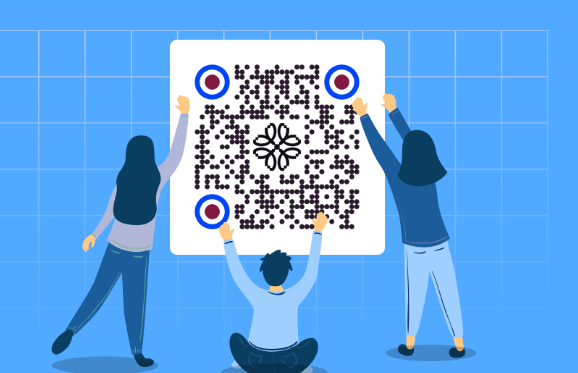In today’s fast-paced digital world, businesses are constantly seeking innovative ways to enhance customer engagement. One highly effective strategy is integrating QR codes into signage. These simple yet powerful tools bridge the gap between physical and digital marketing, providing instant access to information, promotions, and interactive experiences. Whether you’re updating an existing sign or designing a new one, here’s how to make QR codes work for you.
Understand the Purpose of Your QR Code
Before placing a QR code on your signage, determine its primary function. Are you directing customers to a website, sharing a discount code, or providing contact details? A well-defined purpose ensures your QR code adds value rather than just taking up space. Common uses include:
- Directing users to a landing page, menu, or product catalogue
- Enabling easy contact via email or phone
- Encouraging social media follows
- Providing access to instructional videos or guides
See also: Hussle Tech: A Comprehensive Guide to Direct Sales Enablement
Choose the Right Placement
Strategic placement of QR codes on signage is crucial for visibility and usability. The code should be large enough to scan easily and positioned at eye level or within reach. Consider the environment – will people be walking past quickly, or will they have time to stop and scan? For example, integrating QR codes into monument signs or pylon signs can enhance engagement for passers-by, helping them quickly access information about a business. If you’re weighing up the best type of signage for your brand, this monument sign vs pylon sign guide can help you decide.
Optimise for Mobile Users
Since QR codes are scanned using smartphones, ensure the linked content is mobile-friendly. A poorly optimised website or slow-loading page can frustrate users and deter engagement. Keep your page responsive, concise, and easy to navigate.
Use Branded QR Codes
Standard black-and-white QR codes can look dull, but customising them with your brand colours and logo can make them more visually appealing. Many QR code generators allow you to design codes that align with your brand identity while remaining scannable.
Test Before Printing
Nothing is worse than a non-functional QR code on a printed sign. Always test your QR code with multiple devices and apps before finalising your design. Check for clarity, scanning speed, and accuracy of the linked content.
Track Engagement with Analytics
One of the biggest advantages of QR codes is the ability to track scans and user engagement. By using QR code generators with built-in analytics, you can measure how many people are interacting with your signage and adjust your marketing strategy accordingly.
Combine with Other Signage Strategies
While QR codes are a powerful tool, they should complement – not replace – clear and engaging signage. Use compelling visuals, concise messaging, and strong calls to action to encourage scanning. Additionally, pairing QR codes with digital displays or wayfinding signage can create an interactive experience that enhances customer navigation and engagement.
Integrating QR codes into signage is an effective way to drive customer engagement and create seamless online-to-offline interactions
Whether you’re using them on window displays, business signs, or large-scale outdoor signage, thoughtful placement and optimisation are key to success. By combining QR codes with high-quality signage design, businesses can provide instant access to valuable content while enhancing the overall customer experience.

